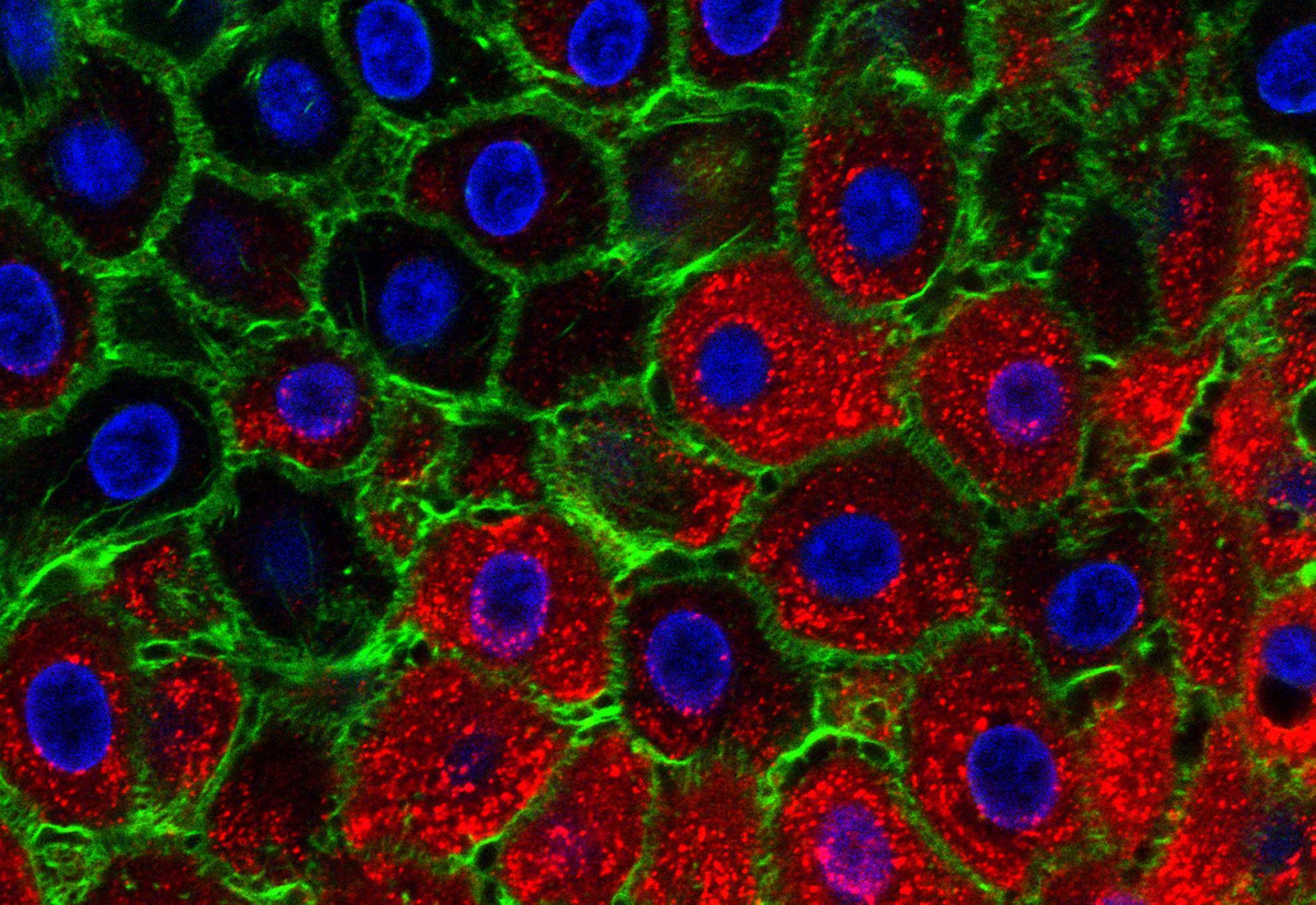Mapping cross-reactive residues in the G-H loop of foot-and-mouth disease virus: insights for serotype-specific design
Introduction: Foot-and-mouth disease virus (FMDV) has a hypervariable G-H loop region within the VP1 capsid protein. This structure is associated with virus neutralisation and contains the virus attachment motif (RGD) which binds to the cellular integrin receptor facilitating virus entry for all seven FMDV serotypes.
Methods: Six monoclonal antibodies (Mabs) were tested against 10 peptides representing the wild-type G-H loops of serotypes O, A, SAT1, and SAT2. D9 and B2 Mabs were raised against serotype O and tested against three more sets of peptides: (1) nine overlapping peptides with one amino acid difference, (2) alanine scanning peptide, both for O1K strain and (3) four mutated peptides one for A22 and three for SAT2 strains in the enzyme-linked immunosorbent assay format with correlation to virus neutralisation test.
Results: The D9 Mab was bound to peptides corresponding to the G-H loops of serotype O, A, and SAT1 strains, but only neutralised serotype O and SAT1 strains in the virus neutralisation test. The B2 Mab is also bound to serotype O and SAT1 but only neutralised serotype O. Using a set of overlapping peptides, the binding region for the D9 Mab was confirmed as amino acid positions 144, 147 and 148. An additional critical amino acid residue at position 145R was identified using a set of alanine scanning peptides. The binding region for B2 Mab appears to be upstream of RGD as B2 showed lower binding to peptides lacking the first three amino acids of the GH-loop peptides. These critical amino acids were further confirmed by designing modified SAT2 and A peptides at these positions, which led to a significant improvement in the binding ability of D9 but not B2.
Conclusion: These findings help to map cross-reactive epitopes within the G-H loop which may contribute to the inter-serotypic cross-reactivity observed in diagnostic serological assays giving insights that motivate the design of custom peptides that have improved serotype specificity.

